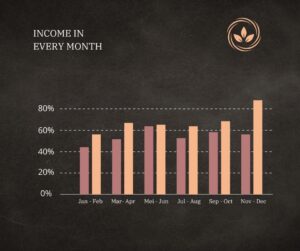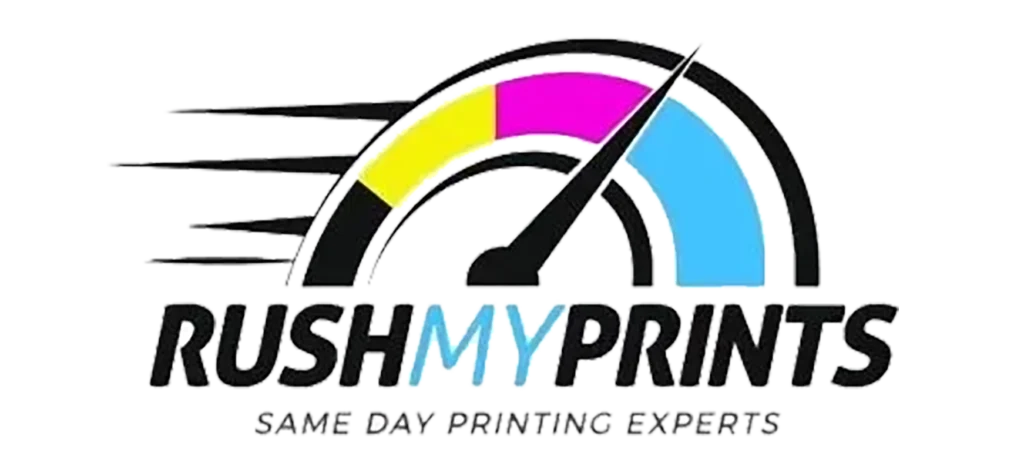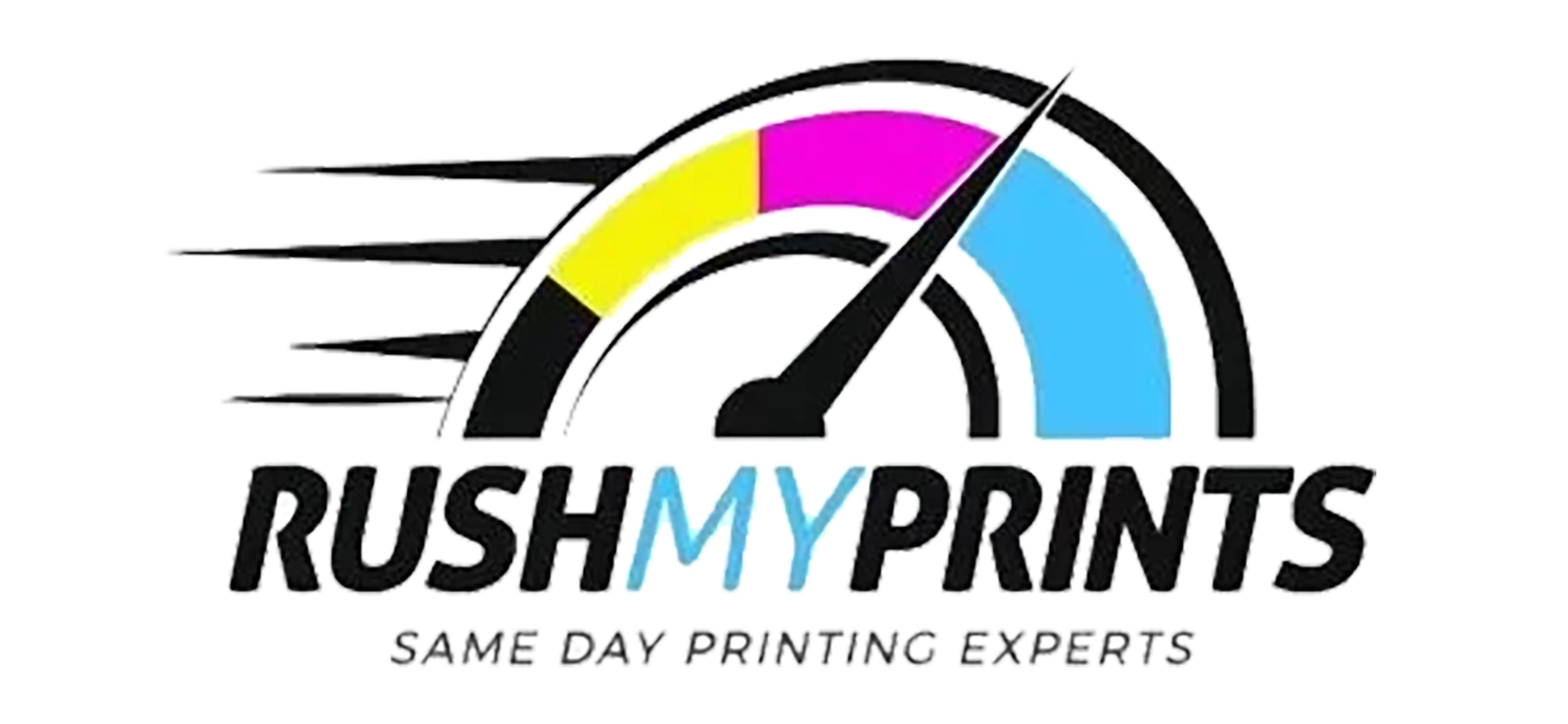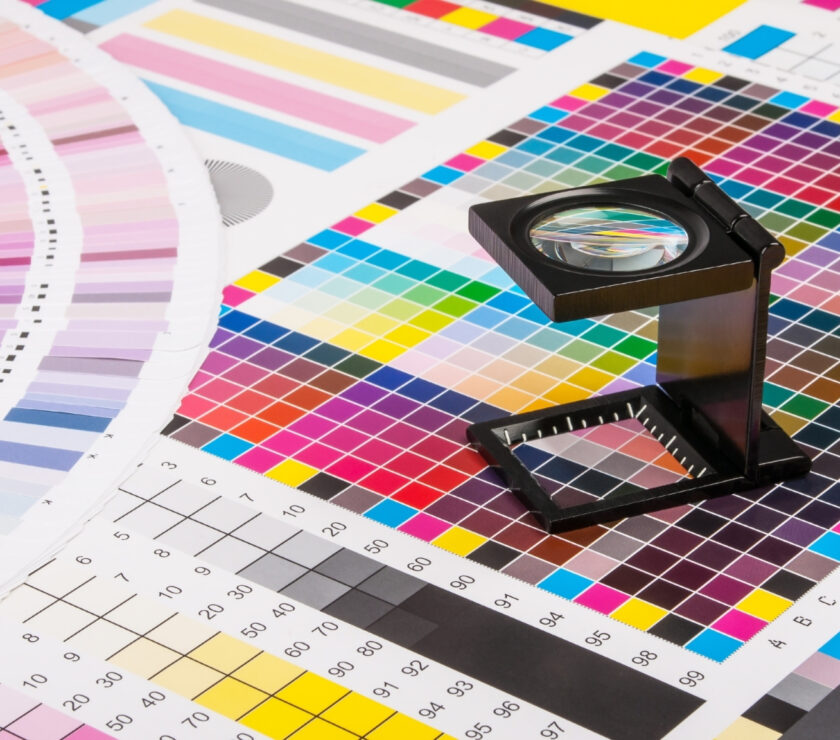Planning on using posters to pitch your next business idea? Here’s a guide for what to include and how to design the perfect wide format poster presentation.
In order to make the most impact, be sure to include all the key details and design the poster in an attractive and professional manner.
The use of posters to pitch your idea is a great way to have an attractive and professional presentation. However, there are some key details you should include in order to make the most impact for your audience.
The following guide will help you decide what important information needs to be included on the poster, as well as how it should be designed in order for it to communicate effectively with its target audience.
Picking the Right Poster Material
Picking the right poster material is an important part of creating a successful wide format poster presentation. The type of material you choose will determine the durability and appearance of your poster.
There are a few different types of materials you can use for your poster:
- Paper
- Poster Board
- Film
- Mat Board
Paper
This is the most common type of poster material, and it’s available in a variety of weights and colors. Paper is lightweight and easy to transport, but it can be prone to tearing and creasing.
Pro’s using paper as poster material:
It’s inexpensive and can be purchased in bulk
It comes in a variety of weights and colors
Con’s:
The is prone to tearing and creasing.
Poster Board
Poster board is made from cardboard and is available in different thicknesses. It’s heavier than paper, making it more durable but also more difficult to transport.

Pro’s using poster board as poster material:
It’s more durable than paper
It comes in a variety of weights and colors
Con’s:
It can be difficult to transport. It doesn’t roll up easily, so it must be stored flat, which takes up more space. Additionally, poster board is thicker than paper, so it may not fit into standing displays.
Film
Film is a durable material that can be printed on both sides. However, because it is a thicker material, it can be difficult to transport and may require a laminator for storage.
Pro’s of using film material:
It’s more durable than paper or poster board
It can be printed on both sides, making it versatile
Con’s of using film material:
It can be difficult to transport due to its thicker size. Additionally, if you do not have access to a laminator for storage, the posters must then store flat which takes up more space.
Mat Board
Mat board is made from a variety of different materials, such as aluminum and cotton. It’s heavier than film or paper, but it can be designed to have a sleek appearance without being too thick.
Pro’s using mat board as a poster material:
It’s durable and easy to transport
The sleek appearance means it doesn’t take up much space when stored
Con’s of using mat board as a poster material:
It can be expensive
Using the Right Format
Once you’ve decided on what type of poster material to use, the next step is choosing the right size and format for your wide format poster presentation.
There are a variety of different formats available, each with their own advantages.
You can choose to do an 8.5×11 or 11×17 version or you can go larger and create a 24×36 poster presentation.
8.5 x 11 Poster Presentation
The advantage of using 8.5×11 is that it is small enough to transport, but still large enough that the writing is clearly visible.
The disadvantage of using 8.5×11 is that it cannot be displayed in a standing display without blocking other walkways, and it can easily be lost out of sight in a larger room.
11 x 17 Poster Presentation
By creating an 11×17 poster presentation, you can display your poster in a standing frame. This is a good option if you have enough people to staff the booth and keep watch on your poster presentation.
The disadvantage of using 11×17 is that it is heavy and difficult to transport.
24 x 36 Poster Presentation
Creating a 24×36 poster presentation is a good option if you have enough people to help transport and staff the presentation. It’s also a good option if you’re worried about your poster getting lost out of sight, as it can be displayed in a large room.
The disadvantages of using 24×36 are that it takes up more space when stored and is difficult to transport without a truck. It may also be difficult to print if you don’t have a large printer.
What to Include on Your Poster
When creating a wide format poster presentation, it’s important to include all the key details in order to make the most impact with your audience. The following information should be included on your poster:
1. Your name and contact information
2. The title of your presentation
3. Who your target audience is
4. What your idea is and what problem it solves
5. The benefits of your idea
6. How much it will cost to implement your idea
7. A timeline for implementation
8. Your biography or a brief overview of your experience
9. Any relevant images or graphics
Poster design tips
In order to create a successful wide format poster presentation, keep the following tips in mind:
Keep it simple!
Keep your poster simple and easy to read so that your audience doesn’t have to squint or strain to see the information. Focus on one idea per poster, and don’t overwhelm your audience with too much information.
Use large, legible type
When designing your poster, use a font that is easy to read. A good rule of thumb is to make the title of your presentation at least two times larger than the rest of the text.
Use color!
Adding color can help emphasize important parts of your design and make it more dynamic. You can also use color to attract the attention of your audience.
Use graphics!
Graphics can be an effective way of communicating ideas visually, so consider using them in place of traditional text. Use graphs and charts to show necessary information, like how your product affects other products or how much money your idea will cost.
Include a QR code!
A QR code is a great way to enhance the functionality of your poster and allow viewers to easily access online content with their phones.
This can serve as a way for them to learn more about your idea or read reviews from users if they’re interested in learning more.







